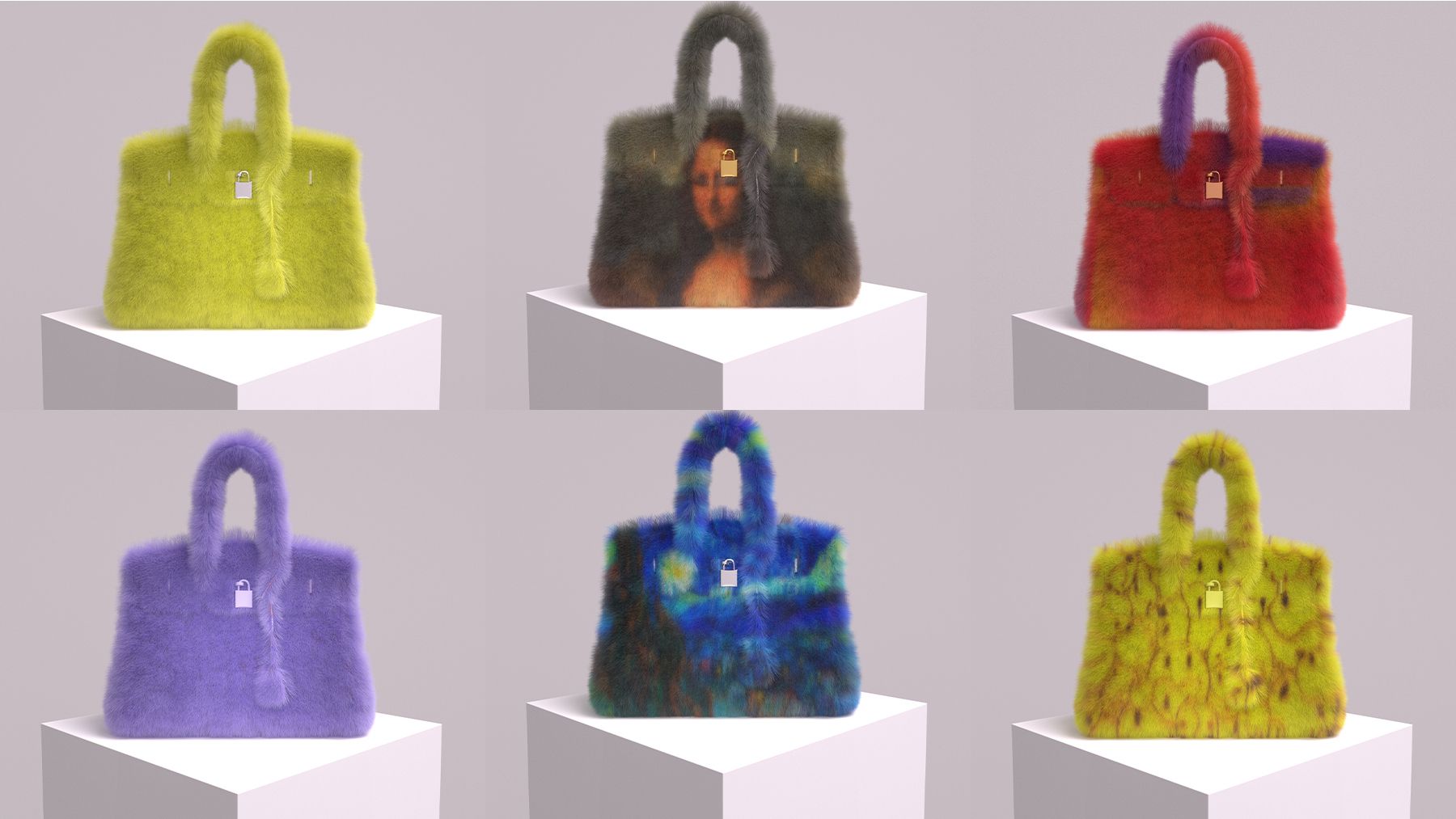
Early in the trial pitting Hermès against MetaBirkins creator Mason Rothschild, the legal team representing the French luxury house called a blockchain expert to the witness stand to explain non-fungible tokens, or NFTs.
The explanation started off well enough but eventually became so tangled in technical details that the judge, Jed Rakoff, paused the proceedings.
“I’m just a dumb judge so maybe I’m not following everything,” he said, noting his concern that the jury wasn’t either.
Fashion insiders and legal experts alike have been watching the saga between Hermès and Rothschild to see if it would start to clarify how trademarks on real-world items might apply in virtual spaces as well as how the law should treat NFTs. The jury is due to deliver its verdict any moment, but if the events of the preceding week are any indication, its decision could wind up being based more on traditional trademark issues than the technological idiosyncrasies of NFTs.
Even so, the case has raised some noteworthy issues around NFTs that seem likely to turn up again.
Throughout the trial, Rothschild’s attorneys framed his colourful series of 100 digital images depicting fuzzy versions of Hermès’ famed handbag as artistic expression protected by the first amendment to the US constitution. They also suggested the works couldn’t infringe on Hermès’ trademarks, because while they might resemble Birkin bags, they’re just two-dimensional images. You can’t carry anything in a MetaBirkin, or even use it for that purpose in a virtual space like a video game.
Hermès’ lawyers countered that Rothschild’s NFTs still traded on the Birkin name and image, confusing consumers into believing Hermès was somehow involved with or sanctioned them. It was the association with Hermès’ Birkin, more than the MetaBirkins’ artistic qualities, that gave them their value to buyers, they argued.
The technicalities of NFTs, like the fact that NFTs are just code while the images they’re associated with tend to be stored separately, haven’t generally been at the centre of these debates, but that’s not to say they haven’t played any role. With the judge having previously concluded NFTs can qualify as artistic expression, the jury had to weigh the MetaBirkins’ artistic value against how much they might have infringed Hermès’ trademarks for profit and confused consumers into thinking Hermès was involved in their making. One way Hermès’ team sought to make its case was by drawing a distinction between art NFTs and brand-driven NFTs, as explained by another expert witness, Harvard economist Scott Duke Kominers.
Art NFTs simply record ownership of a piece of media, like an image. But brand-driven NFTs use this foundation to build a business and community. In this scenario the NFTs provide some additional utilities, like preferential access to new products or events. Popular NFT collections such as Bored Ape Yacht Club fall into this category. Hermès’ lawyers put the MetaBirkins in it as well, using Rothschild’s statements on social media to prove he was planning perks for holders.
It may be a warning to NFT creators: use a company’s trademark in a one-off image and you might be fine, but try to build a brand around it and you could face trouble. Hermès also pointed to the fact that Rothschild didn’t create the MetaBirkin imagery himself. He worked with a designer who produced them at his request.
During the trial, it emerged that Hermès wasn’t just worried about the MetaBirkins’ effects on its physical goods. Nicolas Martin, Hermès’ global general counsel, and Maximilien Moulin, head of Hermès’ innovation lab, each testified during the trial that the luxury house was exploring its own NFTs, both as digital certificates for physical goods and as standalone items. They claimed the MetaBirkins would cause confusion in the digital marketplace and had harmed Hermès by precluding its chance to be first into that market with a digital Birkin product.
Throughout the proceedings, Hermès’ legal team has sought to demonstrate that Rothschild was out to profit off its protected marks, leaning on his private text conversations where he urged people to promote the MetaBirkins and pump their value. Rothschild’s attorneys have tried to portray him as a legitimate artist who happened to be a clever marketer, which isn’t against the law.
The outcome may depend on whether the jury finds the MetaBirkins to be genuine art, just in a new digital form, or a money-making scheme. As for NFTs, it won’t settle every question, but it at least offers a start.



